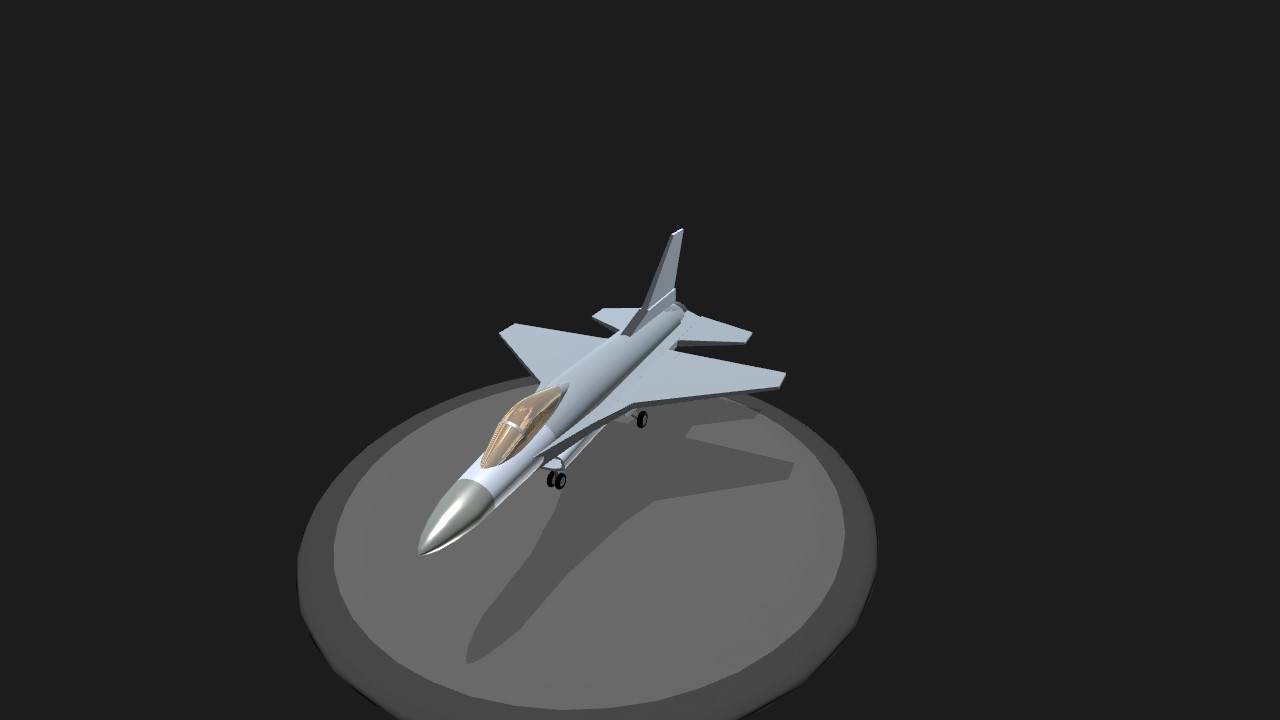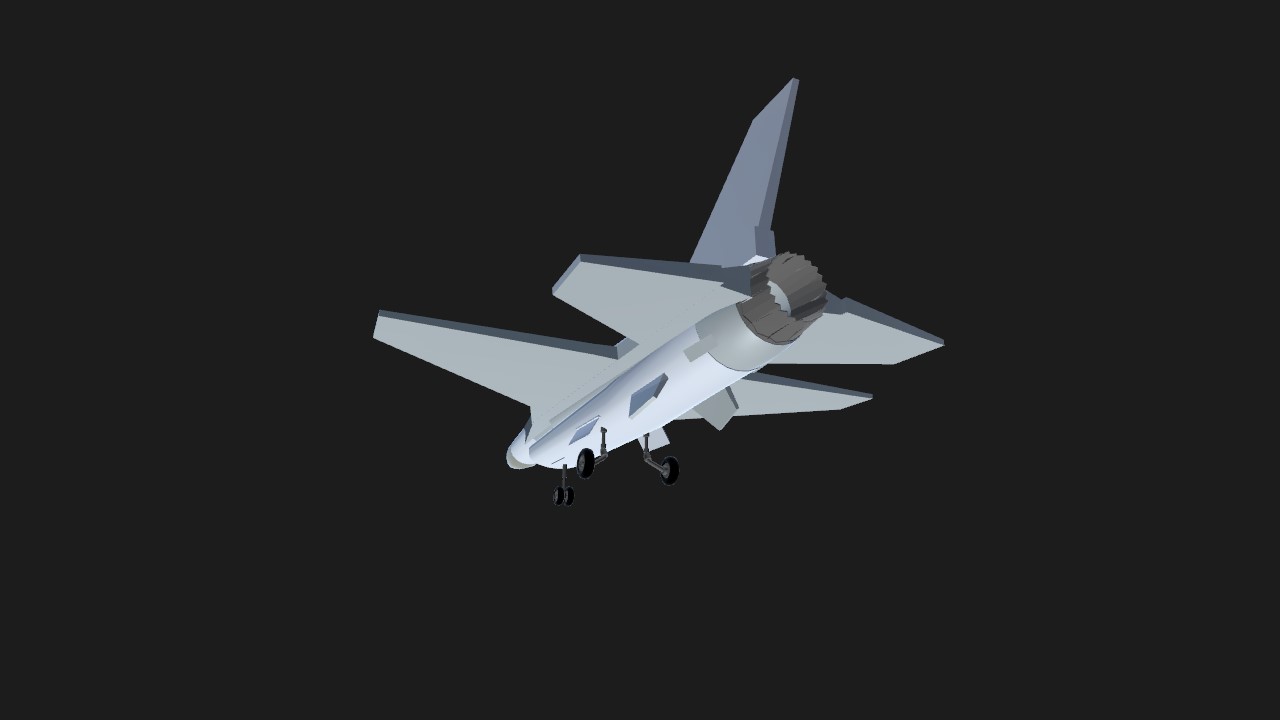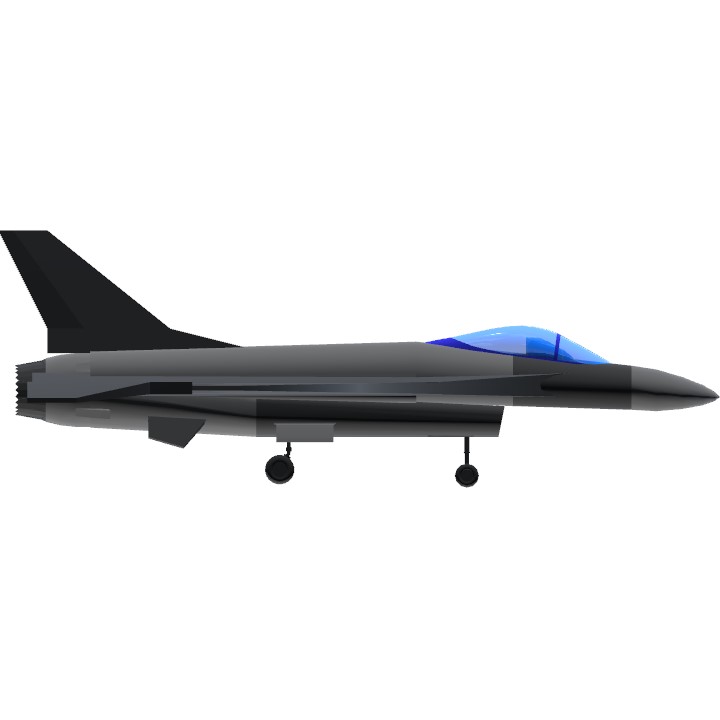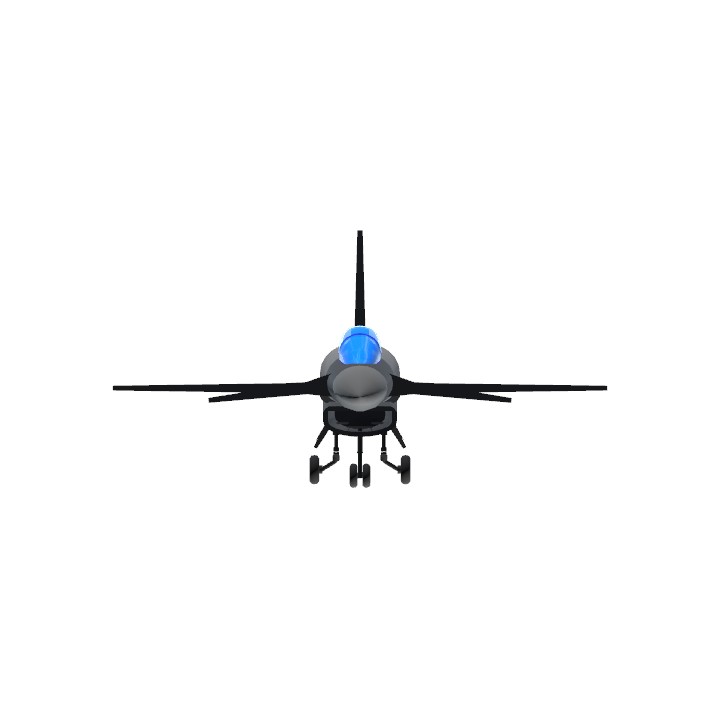This beautiful 25PT F-16A is modeled by @Tohu. However, the original build is very stable. Although real F-16 is not completely unstable, it has a very small stablitity margin which means it can become unstable very easily. Therefore, it require Fly-by-Wire system to fly properly. This plane is modified to demonstrate the power of Fly-by-Wire system. The modification was kept to minimum and the plane still retains 25PT status. The strake made with fuselage was replaced with wing part which shifted the lift center forward. A simple feedback control system was programmed and tuned to make this thing fly properly. However, the system can hardly control the aircraft at speed below 350km/h. Therefore, delicate control during landing is required. In addition, the plane will lose control at 250km/h so watch your speed.
Specifications
General Characteristics
- Predecessor F-16A (25 Parts Challenge)
- Created On Windows
- Wingspan 32.7ft (10.0m)
- Length 48.0ft (14.6m)
- Height 17.1ft (5.2m)
- Empty Weight 12,676lbs (5,749kg)
- Loaded Weight 20,341lbs (9,226kg)
Performance
- Power/Weight Ratio 4.971
- Wing Loading 41.4lbs/ft2 (201.9kg/m2)
- Wing Area 491.8ft2 (45.7m2)
- Drag Points 3093
Parts
- Number of Parts 25
- Control Surfaces 3
- Performance Cost 275






@Ownedpilot
hmmm.....
It's so difficult but,I wanna try.
Plz look forward to my future...
@Tohu Variable system is just a good way to clean things up and make programming simplier using Funky Trees. Without variables, you have to go to each actuator with overload and program their control input which can be difficult. As you can see in my build. I preprogrammed the control input for each actuator into variables. In this way, everything is a lot simplier to implement. But I think the variable system is not the answer you are looking for.
The main idea of feedback control is to feed the state of the aircraft back into the control input (feedback). In this way, the control system will have better stability and better control accuracy. This allow us to design the base system (the airplane) with more relaxed stability margin which means it is slightly more unstable than usual but not completely unstable.
One of the key element of the feedback control is the feedback gain. It is the number that you multiply before the states. The larger the number, the more sensitive the controller is to the state. But at the same time, the more likely the controller will freak out due to noise. Therefore, we need to use as high gain as you can get away with. choosing an appropriate gain value need experience but I suggest 0.01for any states as a good starting value
PitchStablized, RollStablized, and YawStablized is the lines that demonstrate the idea. The main idea of PitchStablized is like this:
PitchStablized=ControlScalingPitch-gain1PitchRate+gain2*AngleOfAttack
All those gain are usually small constants. ControlScaling is usually a bigger constant that has value close to 1. However, because the control surfaces are more powerful at higher speed, I use lerp() function to scale the gain according to intermediate airspeed (IAS). There are some additional features in the line which resulted in a large clutter but the main idea is that line above. Similar idea was also demonstrated in RollStablized and YawStablized.
I hope this comment can help you start learning feedback control. It is a very powerful tool that can give you a lot of freedom in airplane design. The only way you can learn to design feedback controller is to design feedback controllers.
oh WTF!!!
That's was unbelievable!
But I can't make full use of Variable;(((
How did u study?